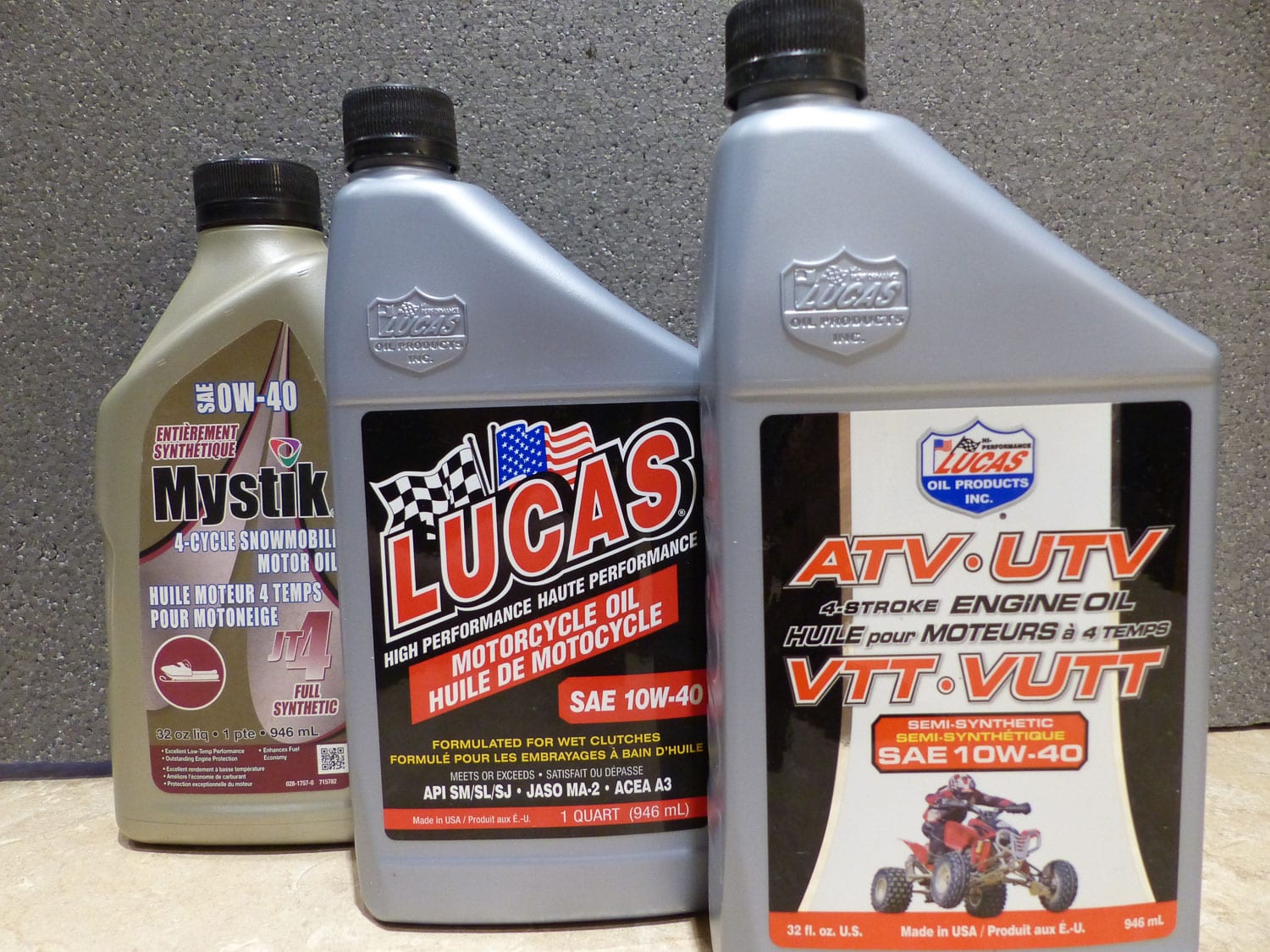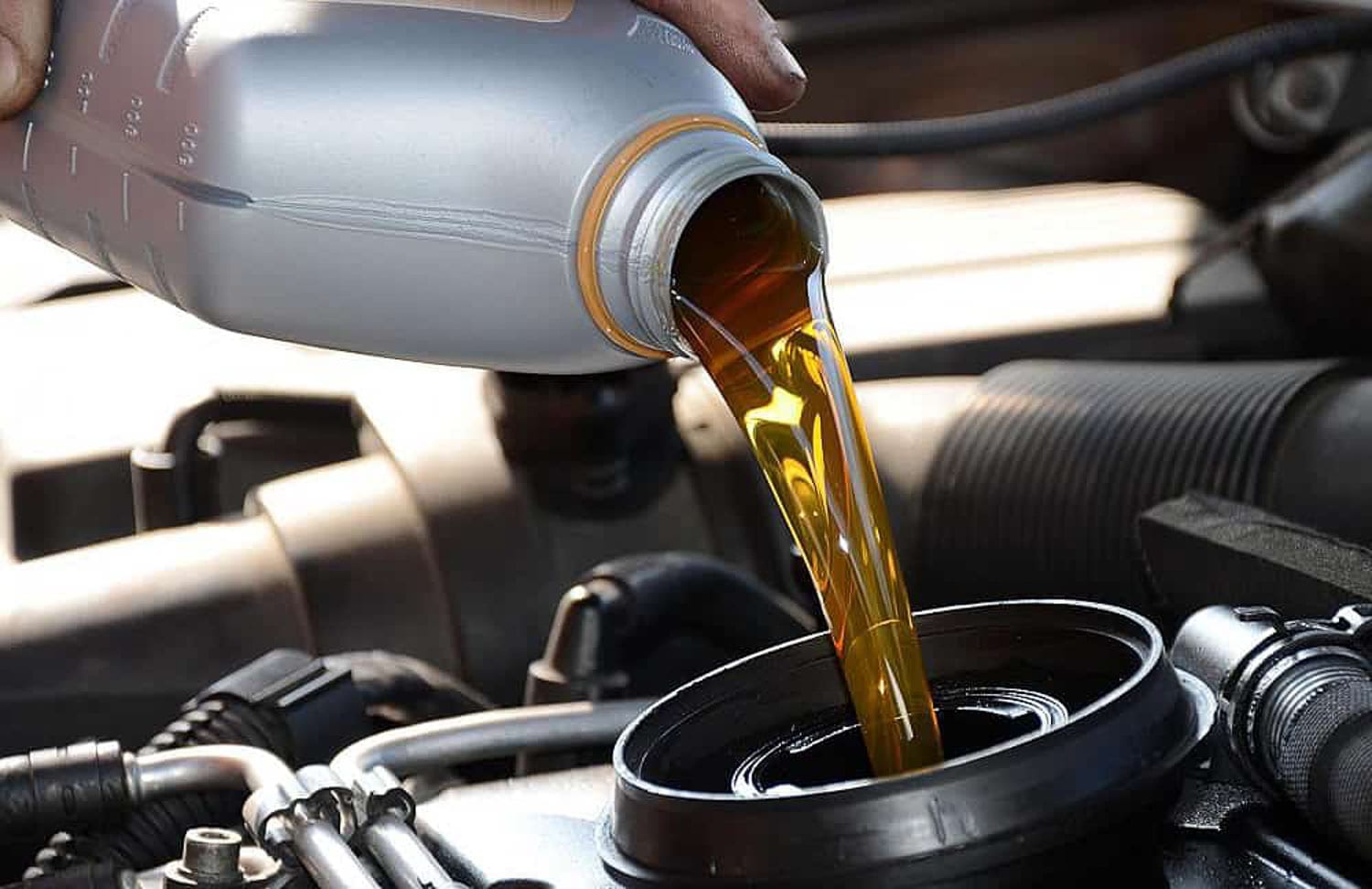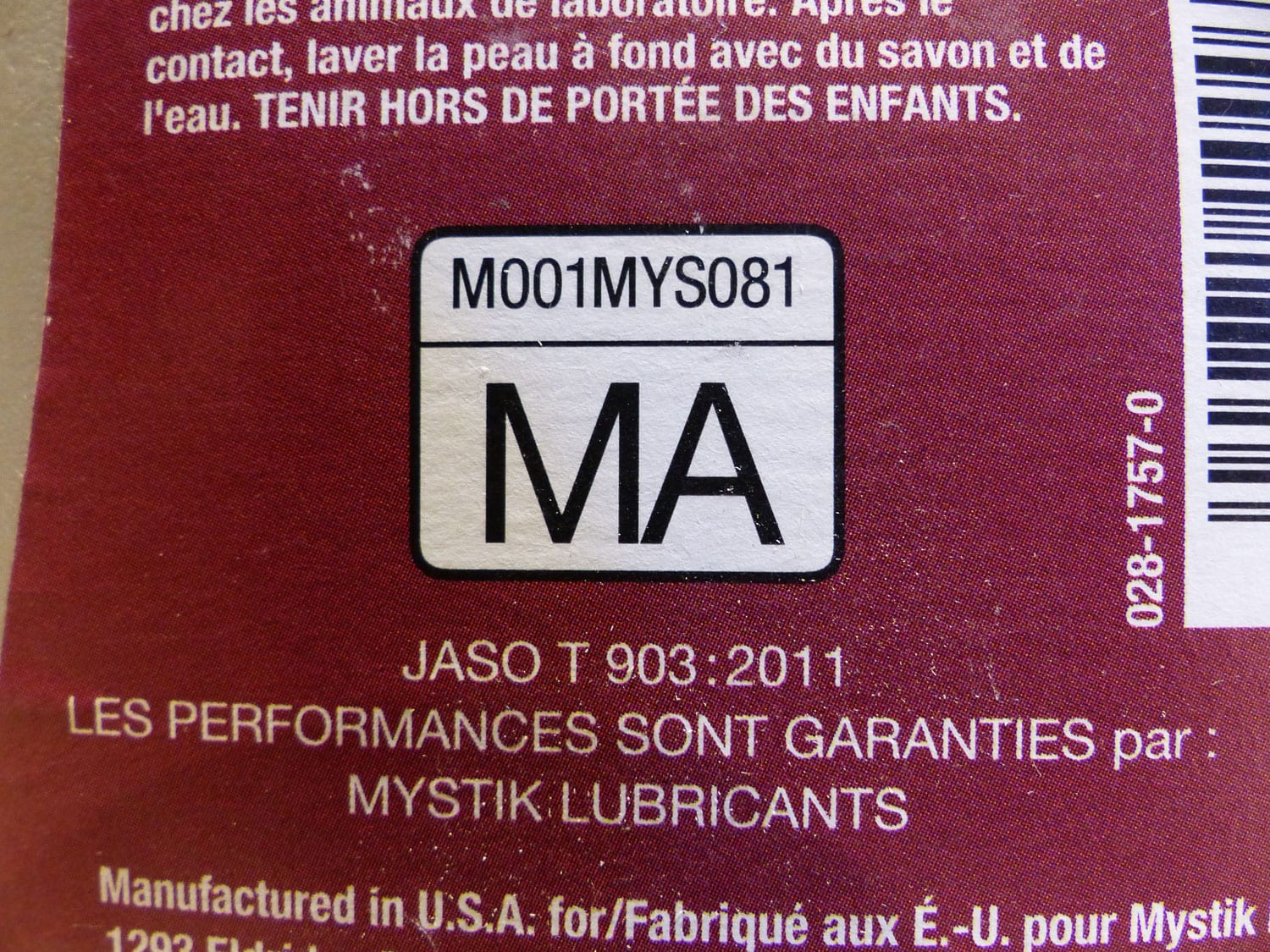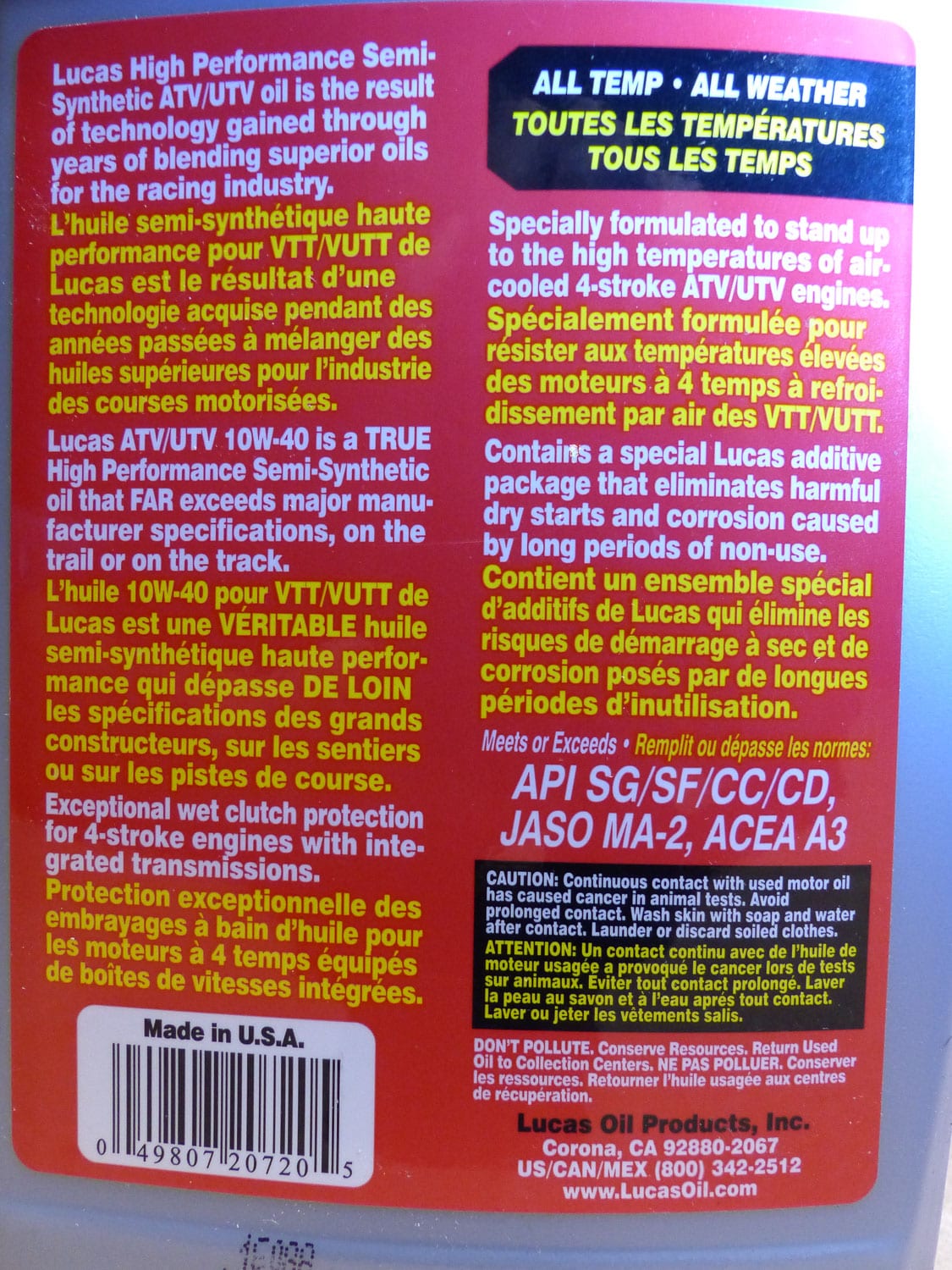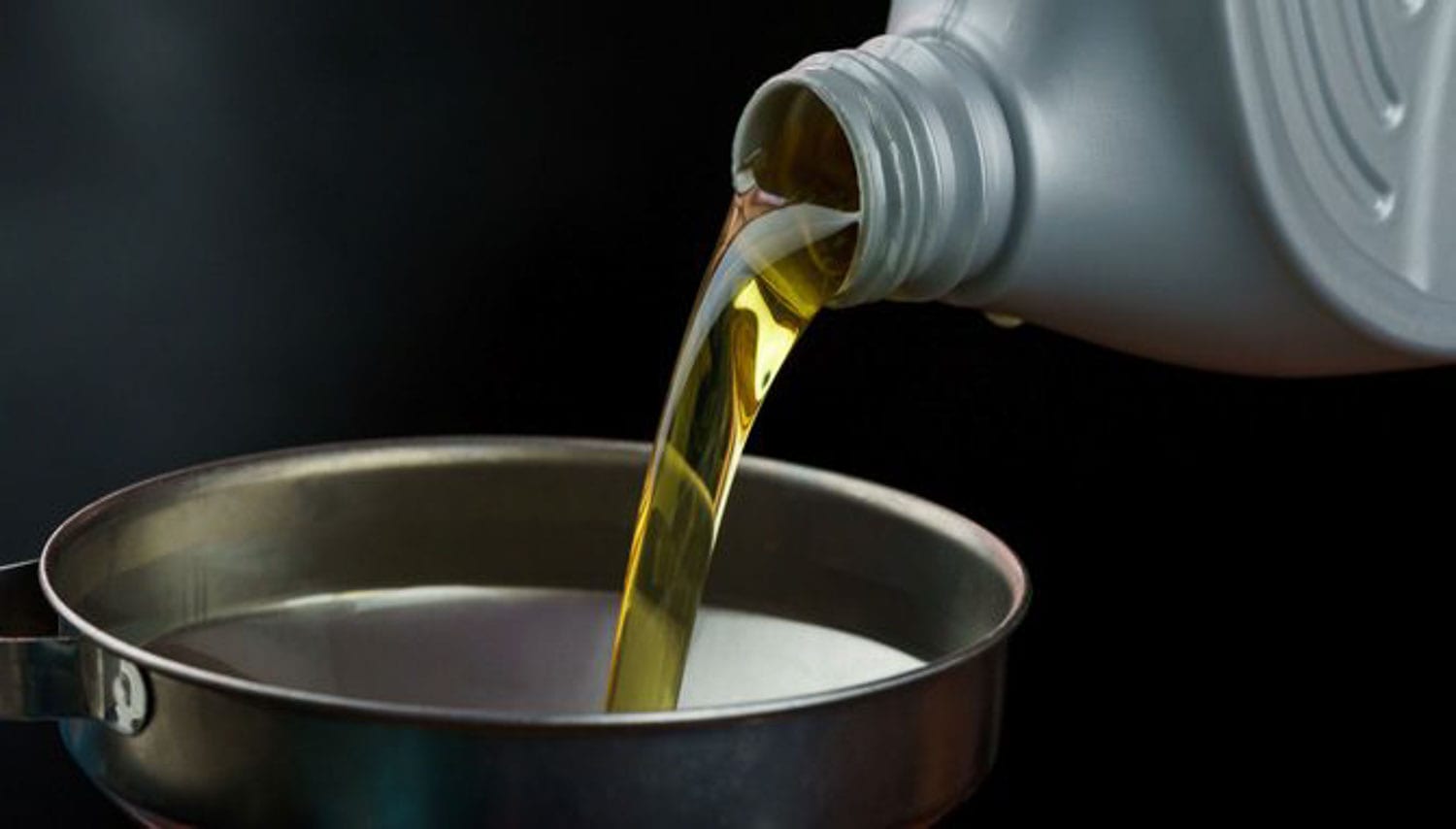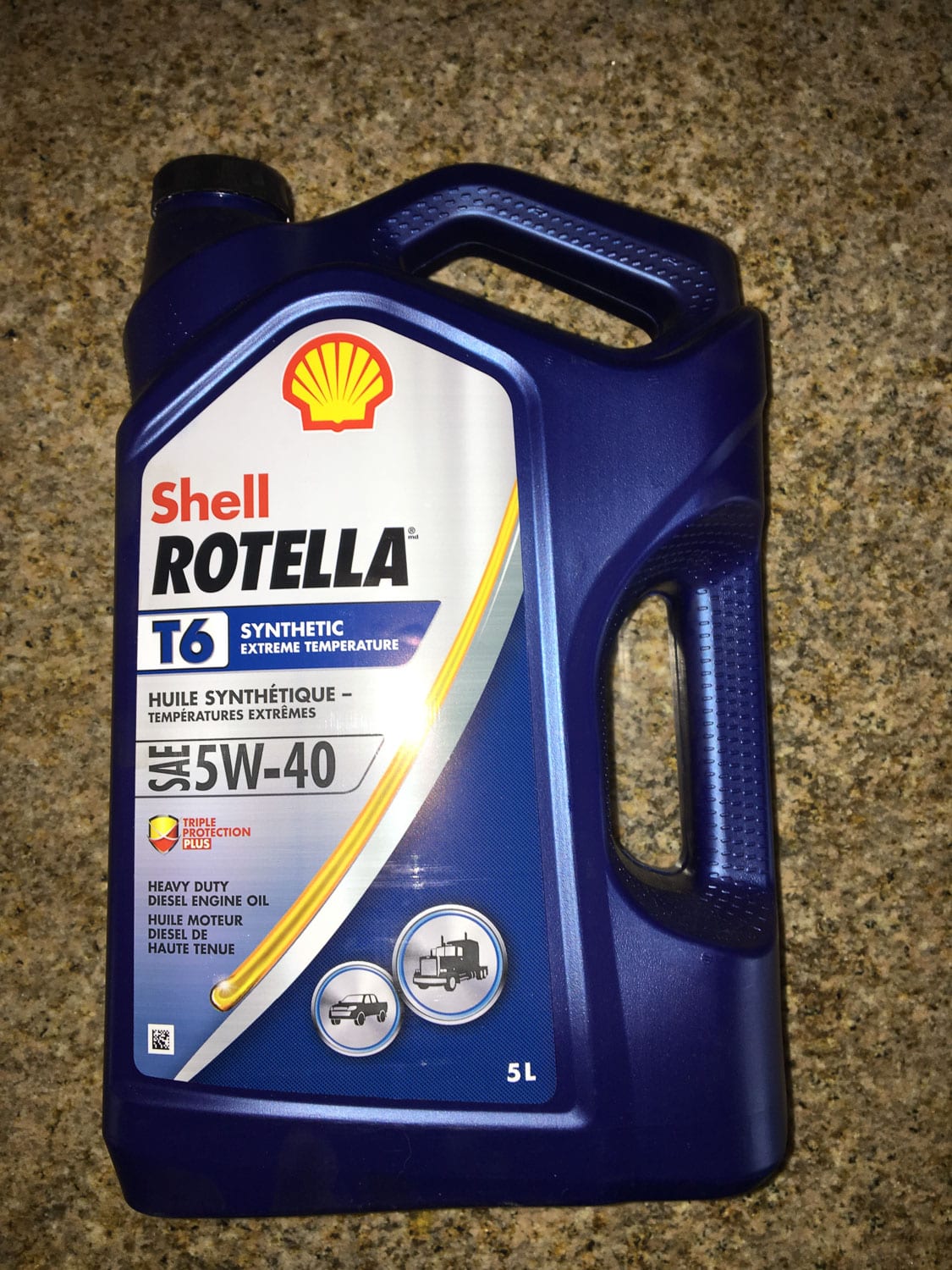You have probably found yourself one day at an engine oil display with the simple idea of getting a liter of motor oil for your ATV, just in case. Oh my. Suddenly, the enormous choice is terrifying. It is as difficult to choose the right engine oil as it is to choose the perfect birthday gift for your other half.
We set our choice on a brand that seems prestigious without knowing why. In fact, it may be less difficult than it sounds. Although a store clerk can guide you in choosing your engine oil, it is likely that he will mislead you if he does not know the requirements of the manufacturer of your ATV. So you risk a lot if your choice does not stop on an oil that is compatible with your ATV’s engine. Nothing serves better than to compare and choose ourselves this wonderful golden liquid.
With the demystification of some certifications such as API (American Petroleum Institute); JASO (Japanese Automotive Standard Organization); ACEA (Association of European Automobile Manufacturers); SAE (Society of Automotive Engineers) and their composition: mineral, synthetic or semi-synthetic blend, this will be enough to move ahead in this world.
Let’s demystify all that. However, in this article, I will restrict myself to the ATV applications.
The roles of the engine oil
The oil lubricates your engine to reduce its wear, that, everyone suspects, but in reality, it performs many more important functions. While circulating inside the engine, the oil is deliberately spurted under the pistons and through the internal moving parts of the engine to cool those that the coolant can not reach. The detergents added to the oil clean and dissolve the carbon residues caused by burning gasoline. It inhibits corrosion of engine components from condensation and acids caused by burning and oxidation of the oil. The oil is also a sealant; without it, your engine would not have compression. It is necessary for the piston rings to make tight contact with the engine cylinder walls.
To get started, it will be important to identify the requirements of the manufacturer of your ATV that are found in the owner’s manual. There is usually the SAE grade, the API and/or JASO classification. Unfortunately, some manufacturers like Polaris are not very talkative about it and are referring to their own branded oils, for example, the Polaris PS-4 5w50 or similar. Otherwise, other manufacturers will find this information in this form.
Here is an example of a manufacturer’s requirement found in the owner’s manual:
Honda TRX 420; Engine oil recommendation
API Service Classification SG or higher, except those with the circle API “Energy Conserving.”
SAE 10W-30, JASO T 903 standard MA.
In summary: Grade: SAE 10W30
Classification: API SG or higher without “energy conserving”
Otherwise JASO MA or better.
What does SAE mean? (Society of Automotive Engineers)
You have certainly noticed the inscription on the front of the oil cans, SAE 5W-40 or something similar with the letter W. Many will talk about oil grade. Engine oils use a rating system developed by the Society of Automotive Engineers (SAE) to classify oils by viscosity. The viscosity of a liquid measures its resistance to flow. The first number is cold viscosity. The letter W designates winter. An OW ** oil will be more fluid cold than a 10W **, which is better if you use your vehicle in cold weather. The second number that follows is the hot viscosity. It is advised to respect it. The engines are machined so that the chosen viscosity is most effective. In the example recommendation above, the manufacturer requires grade 10w30, so depending on the start temperature, 0W30, 5W30 or 10W30 would be good choices.
Then there is the JASO classification (Japanese Automotive Standard Organization)
JASO is a general Japanese classification of engine oil. Its latest upgrade is 2016 (JASO T903: 2016). Often, one will find his inscription inside a square MA2. This classification is very simple. MA, MA-1, MA-2 and MB. MA ** classes are all compatible with wet clutches.
MA-1 is the lowest quality classification and MA-2 the highest. The MA is an oil that meets the requirements of the MA-1 and meets at least one MA-2 requirement. The MB classification is not compatible with wet clutches. Its anti-friction properties would make it slip. JASO is restricted to these 4 simple classifications. Let’s go back to the requirements of TRX 420 ATV shown above: you can put at least MA.
There is also the API (American Petroleum Institute)
More often used for American vehicles, this name will be found at the back of the oil container inside a circle API Service **. In the situation we are concerned about, the classification for a gasoline engine is designated by the letter “S *.” This letter is followed by another letter indicating the oil classification: SA for the lower classification and SN being the highest to date. At the very beginning, before 1930, this classification was “SA.” With the engines evolution, the required oil qualities have evolved up to ” SN ,” and even since November 9, 2017 API “ SN Plus ” designed for turbo-compressed engines that require certain specific requirements. In some cases where JASO has not controlled the oil, it will be important to be wary of the inscription “resource conserving” or “energy conserving” inscribed inside the API circle. This inscription confirms the addition of an antifriction additive that will make wet clutches to slip. API classifications SG and less were usually safe for clutches. Look no further API SG oil in-store. This oil requirement dates back to the mid-1990s and has given way to much better products. So in our example of the Honda manufacturer’s requirement above, a higher oil API SG will do the job, but it should not have the inscription “energy conserving.”
Here’s an example of a LUCAS brand oil: API SM; JASO MA-2. It is greatly superior to the manufacturer’s requirements which are:( API SG; JASO MA) and thus will be safe for the engine.
API certification circle
Mineral and synthetic composition
Many questions remain unanswered when it’s time to choose between mineral oil, synthetic or semi-synthetic. Does synthetic oil really make a difference? What is the difference between these 3 types of oils? Is the price of a synthetic oil justifiable?
First, in North America oils are separated by API into 5 groups. Groups 1, 2 and 3 come from the refining of crude oil of mineral origin. Group 1 is no longer really part of the engine oil market.
Group 2
This oil is more resistant to oxidation than Group 1 and is refined by hydrocracking. Most of the mineral oils come from this group. This process largely eliminates sulfur and nitrogen and reduces the size of the oil molecules. These molecules will still be of different sizes. It is then around 1969, more resistant 10W-30 multi-grade oils become the norm.
Group 3
More than 75% of the so-called “synthetic” oils come from this group. Yet of refined crude oil origin paired with a hydrocracking treatment similar to that of Group 2, it is sold under the term synthetic. The addition of a hydro-isomerization process that improves the cold solidification point and even more resistant to oxidation outperforms Group 2. So we end up in the 1990s. The oil molecules are much more uniform. Multigrade oils of larger scale appear. From the point of view of their performance, it is difficult to differentiate them from Group 4 and 5 oils. Other European classification methods classify these oils as mineral. In North America, they are classified in the synthetic category.
Group 4
This group is polyalphaolefinic (PAO). These synthetic oils are made by a process called synthesis. They have a very high resistance to heat. They allow a multi-grade oil of large amplitude such as 5W-50. A flaw that this oil had at its inception was its tendency to harden and shrink the engine’s polymer gaskets. The addition of additives corrected this defect. This oil is synthetic.
Group 5
This group includes ester oils, silicone, PAG (polyalkylene glycol), polyolester and organic oils. Often, a blend of ester group oils that tend to soften the seals due to their high detergency and solvency mixed with the Group 4 PAO offsets the tendency to harden them. This group of oil alone or mixed with group 4 is synthetic.
The synthetic oil is designed to provide superior engine wear protection, improve engine life expectancy, reduce the harmful side of excessive heat, reduce deposits, and ultimately improve the starting of the engines at low temperatures. An Ester or PAO oil is undoubtedly a true synthetic.
Semi-synthetic oil, for its part, consists of a mixture of Synthetic oil and mineral oil. Nothing tells us the proportions of the mixture. It is of better quality than ordinary oil, but on what scale? It is an economical choice. Let’s not forget that there is marketing behind all this. If you have found the best deal ever on synthetic oil, beware. It is probably from Group 3. Although it is of good quality, it certainly does not have all the performance of a PAO or an Ester oil.
If you absolutely want to offer a better quality oil to your engine and, despite this information, you have the impression of having a Damocles sword above you, just head to an oil selection program. Motul or Amsoil offers very effective.
I can not finish this article without stating a much discussed oil in the ATV forums: Shell Rotella. The Shell Rotella T6 5W-40 oil is actually certified JASO MA MA-2 and API SN so it is safe for wet clutches and has an excellent classification for gasoline engines. If your ATV has a wet clutch, be careful not to confuse the Rotella T6 0W-40 with the 5W-40. T6 0W-40 is not MA certified.
Rather than relying on tavern-worthy discussions about what oil to put in your ATV, make yourself an analyst of this golden fluid. The oil recommended by your ATV manufacturer will certainly give you good results. If you use your ATV in vigorous situations or if it is modified, a superior oil can be a good thing without exaggerating in the high categories. The bill can quickly explode. Now you are able to compare, understand and find the right oil for your situation.


